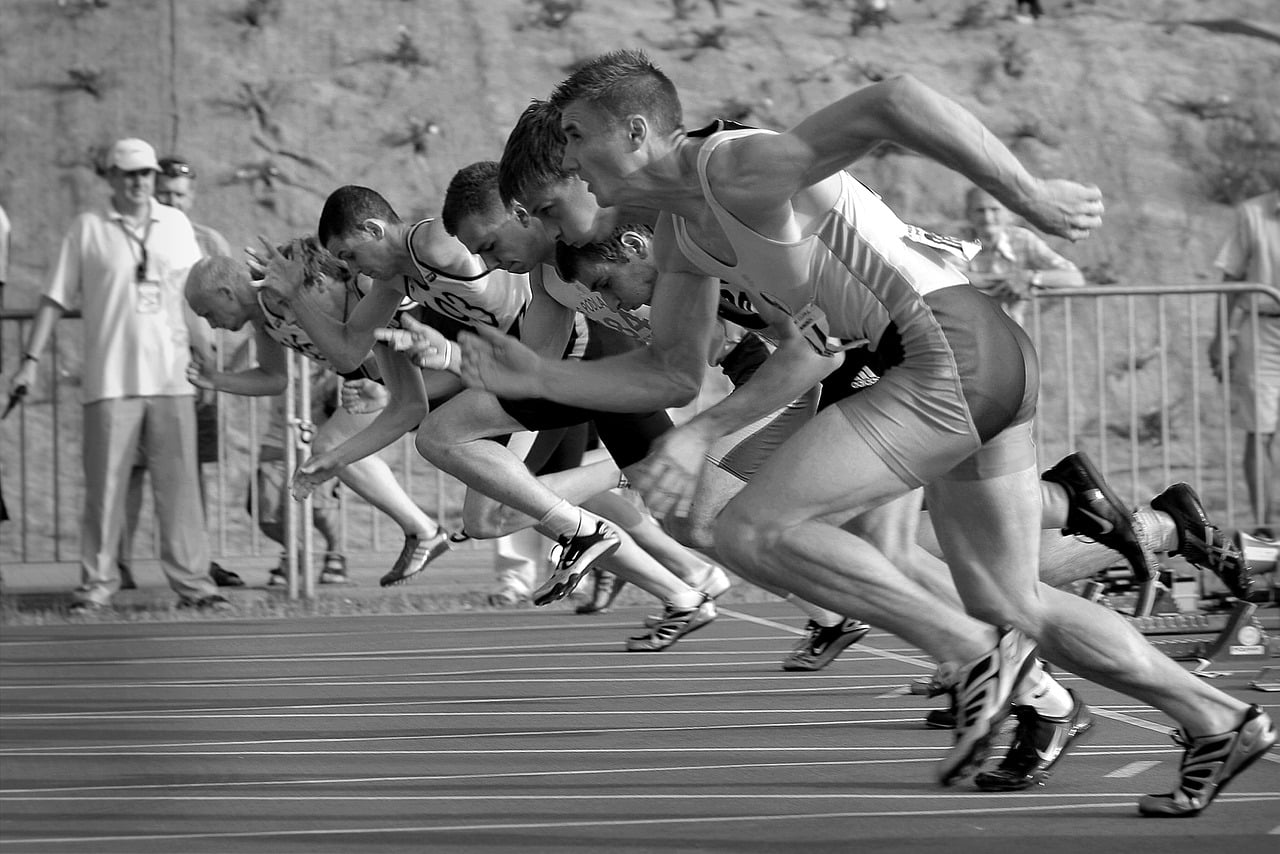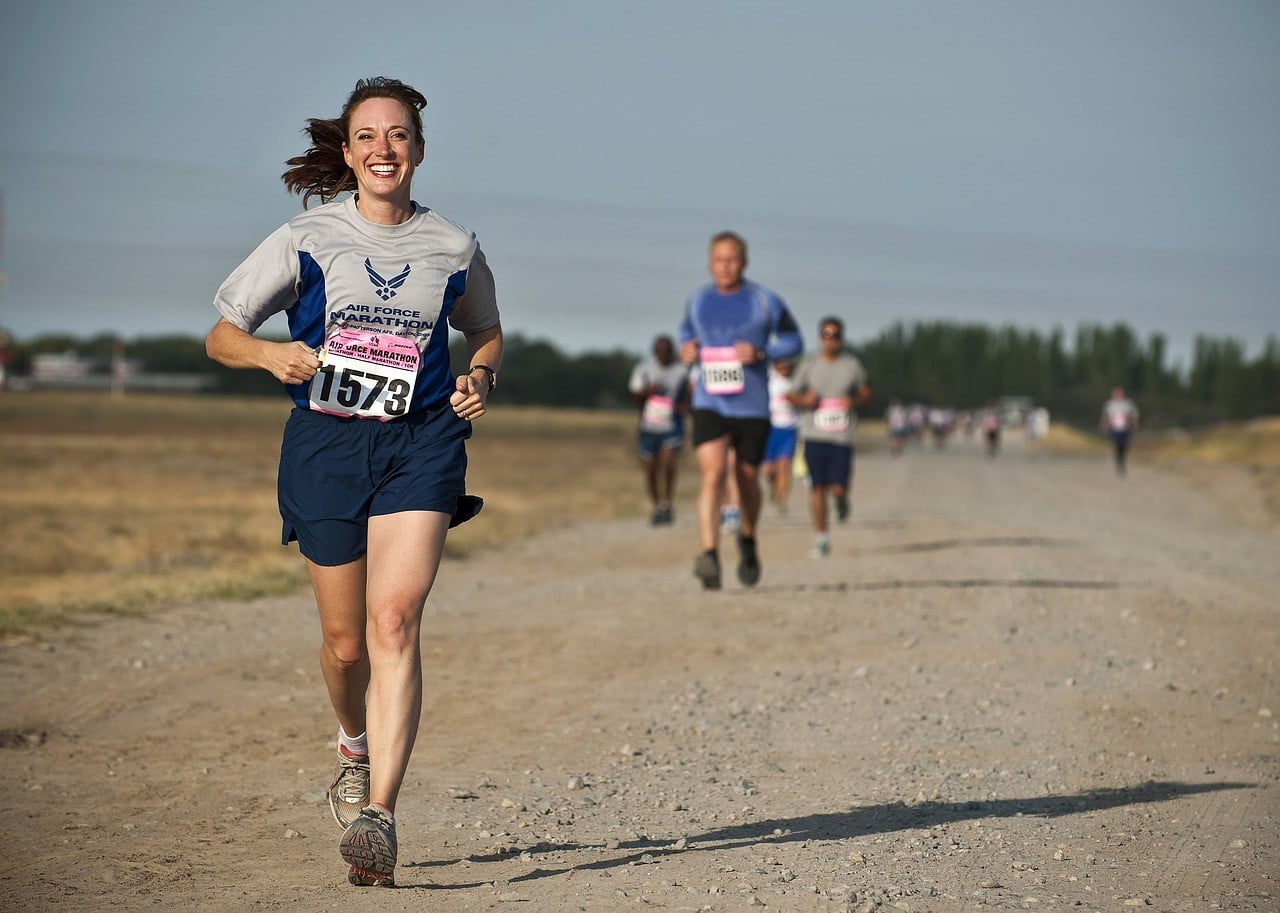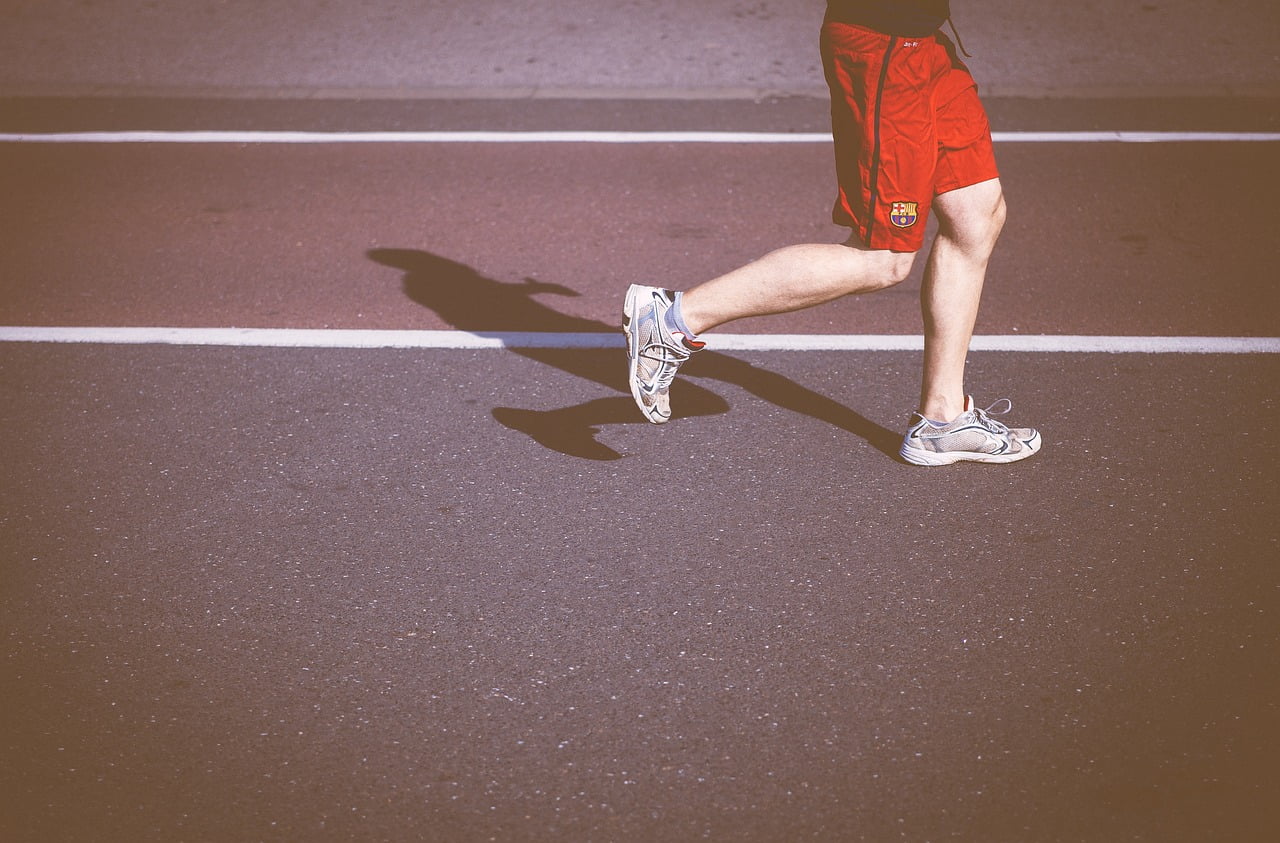Regardless of how many new fitness protocols have been developed over the years, jogging tends to remain the preferred exercising style for many people worldwide. Not only is jogging the oldest form of aerobic exercise, but also the long list of health benefits associated with it has determined an increasing number of people to turn it into a daily workout routine.
Before delving into the benefits of jogging every day for 30 minutes around the neighborhood instead of driving to the gym for the same amount of time, let us dwell a little upon how to do it right (especially if you’re a beginner).
Best Way to Start Jogging
- Festina lente!
We all want results fast, especially when we are eager to lose those stubborn extra pounds, but rushing things will do more bad than good, considering the injuries you’re exposing yourself to. So it’s best to start jogging gradually, with brisk walks and add jogging spurts as your fitness level increases.
Fitness experts suggest that landing on the ball of the heel and pushing with the toes as you lift your foot off the ground is the best way to jog. If you feel as if you were gliding with virtually no pressure on your feet, it’s a sign you’re on the right track.
- Adequate clothing and footwear are essential.
Before you go out for a run, put on a 100% cotton T-shirt (ideally) and make sure your shoes are about half a size bigger than your actual size so as to allow your toes enough space to wiggle.
- Establish what works best for you – hitting the treadmill or the pavement.
The advantage of jogging on a treadmill is that you can still do your workout regardless of the weather outside.
- Comparatively, if you jog outdoors you’re likely to tune in to the vibe of the outside world.
If you’re a morning or an afternoon jogger, is again entirely up to you to determine and squeeze workout into your busy schedule accordingly.
- Before you go for a run, check your jogging form and see how you can improve your body mechanics to make the most of your workout, while reducing any potential burden on your joints.
- Breathe properly!
Although there are quite a few approaches to how you should breathe while jogging, with some recommending inhaling twice through the nose and exhaling through the mouth, it is up to you to find what best works for you.
- If you feel your heart is racing and you’re almost out of air, slow down a little. This way you will burn fat more efficiently without exhausting yourself to death.
- Hydration is key.
By drinking plenty of water while jogging contributes to eliminating dehydration, which in turn makes you feel tired after working out. Besides, it will help you recover quicker after vigorous exercise and attain your detoxification goals, as intense sweating helps your body flush out toxins and by doing so, it supports weight loss.


Benefits of Jogging Ever Day
- In general, aerobic exercise has been associated with healthier life.
The added benefit of jogging is that it can prevent hypertension and minimize the risk of cardiovascular disease.
Vigorous exercise, to which jogging is no exception, engages the whole cardiovascular system. By doing so not only does it improve blood circulation and keep blood pressure in check, but it also lowers LDL or ‘bad cholesterol’ levels, thereby significantly reducing the risk of life-threatening conditions such as atherosclerosis, hemorrhaging, aneurysms or diabetes.
- Jogging proved effective against certain types of cancer, studies show.
Facilitating proper oxygenation of the body, jogging supplies oxygen to those cells in your body which are prone to mutation due to deficient oxygenation. By doing so, this kind of aerobic exercise stops the mutating process and protects those cells against malignancy.
- Jogging prevents infections from spreading.
By giving your immune system a boost, jogging stimulates the bacteria-fighting cells (macrophages) and lymphocytes (white blood cells) to fight against viral attacks. Keeping these cells active in the body, intense physical exercise like jogging prevents the onset of infectious diseases like the cold and flu as well as other bacterial infections.
- Jogging is beneficial to mental health.
Generally when we are in good shape, we feel better about ourselves. Like any physical exercise, jogging has the ability to increase the release of endorphins (‘happy hormones’), which help improve our state of mind.
- Jog and beat stress!
Going hand-in-hand with no.4 above, another major benefit of jogging is that it stimulates the release of norepinephrine, serotonin, and dopamine, brain chemicals that are known to have a soothing effect on the mind. There is compelling evidence that vigorous exercise such as jogging acts at cellular levels by counteracting the effects of stress.
- Jogging helps eliminate the stomach pouch by burning fat quickly.
While it helps torch around 150 calories with every mile you jog, the fat-burning effect of jogging persists up to 48 hours after you have stopped exercising.
Facts and figures: 1 pound of fat = 3,500 calories, which means that in order to lose 1 pound of fat, you need to torch 3,500 calories. Jogging every day will help you achieve your goal faster.
- Among others, jogging benefits for men include muscle building.
When you start jogging, you will immediately notice your muscles are more toned and become stronger and leaner as you develop your running technique.
To pack on muscle, you need to burn calories. By supporting calorie burn, jogging helps build muscle mass.
Don’t be alarmed if during this time your weight does not change much although you dropped a few inches. This is normal given that muscle weight is greater than fat weight.
- One of the major benefits of jogging for women is that it contributes to preventing osteoporosis.
Osteoporosis is a widely spread condition, which affects the bones and makes them easily breakable and porous, a common menopause symptom in women. It often causes fractures and deformities and is caused by the lack of minerals that are essential to bone health.
However, fitness experts and researchers alike confirm that jogging can reverse the debilitating effects of osteoporosis. The explanation is simple – muscles are attached to tendons and tendons to bones. Movement sets muscles in motion, which in turn put pressure on the tendons trough a pulling action, which, in turn, puts the bones to work. By exercising, this kind of gentle stress on the bones, jogging can prevent calcium loss associated with osteoporosis.
- Jogging stimulates heart and lung activity.
The human body needs workout by default. Jogging being a form of intensive exercise helps keep the body running properly. By breathing deeper while jogging, the inhaled oxygen reaches deeper into the lungs and the heart starts pumping harder. The lungs provide the oxygen, which is carried by the heart and blood vessels into the muscles. That is why many consider jogging the ideal anti aging workout.
- Jogging can effectively treat and prevent drug and alcohol addictions.
Among the numerous benefits of jogging for men, its ability to prevent addictions holds a top place. As jogging can help reduce stress and anxiety, which is why most men fall victim to drug or alcohol addictions, it can also reduce the likelihood of grabbing quickly the bottle of scotch after a trying day at work. In other words, jogging is the perfect way to release bad energy.

Jogging Tips for Beginners

If you’re rather new ‘in the jogging neighborhood’, you can consider deep water running for a start. This is a great way to continue your regular training especially if you experienced injuries, as water provides excellent support and makes the transition to more intense exercise easier.
- Speed: While there is no standard as to what is a good jogging speed, some may recommend keeping a pace of 5 miles per hour (8 kilometers per hour) or ideally higher. According to Runners World, a slower pace is walking speed (brisk walking), while a faster pace is running/jogging speed. The speed is however strictly dependant on the runner’s/jogger’s anabolic capacity.
- Precautions: While jogging is beneficial to most people, Runners World recommends beginners to visit their doctor before commencing to determine their level of fitness and establish their ideal heart rate limits. Once any potential risks are ruled out, the person can slowly start and gradually build up speed as their condition improves.
Conclusion
Whether you prefer going for a run outdoors or doing your favorite workout in the privacy of your own home or at the gym, jogging will definitely improve your overall physical condition and health. Now that you know all the dos and don’ts, get off that couch and go for a run!






